The development of technologies such as big data, machine learning, and virtual reality is driving the maturity of robotics technology. Robots, once only seen in science fiction novels and Hollywood blockbusters, are gradually entering our lives. As robots become more powerful and intelligent, people are even concerned about whether robots will replace humans. However, regardless of our doubts and worries, the pace of technological advancement will not stop. Today, an increasing number of new types of robots are emerging, capable of helping us with cleaning, laundry, cooking, and even undertaking challenging tasks such as rescue and combat. It is foreseeable that robots will gradually become an indispensable part of our lives, and how to coexist with them will become a new topic.
Household Robots: The “Little Helpers” of Chores
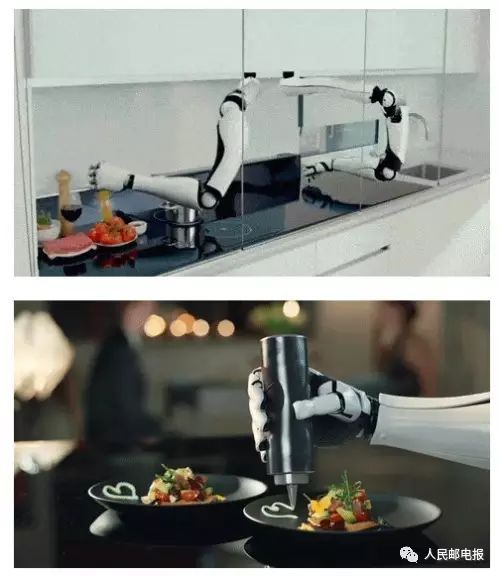
With robots cleaning the floors, cooking when we are hungry, and even assisting in caring for the elderly and children at home, this may sound quite sci-fi, but it is gradually becoming a reality. Currently, there are many different types of household robots on the market. Although many of these robots have single skills—like a vacuum robot that cannot cook, and a cooking robot that cannot do laundry—the emergence of these household robots is changing our lives and bringing more convenience.
A company named Moley is developing a cooking robot that, according to its design, will be able to cook over 100 different dishes and automatically clean the dishes after cooking. Additionally, the robot can prepare meals based on the owner’s requirements regarding ingredients, cooking types, and calorie content. As the owner, you only need to input the corresponding commands and wait for the feast. This sounds quite impressive.
In fact, more and more robot manufacturers are focusing on the household market. The robot manufacturer Boston Dynamics launched a four-legged household robot named “Spotmini” in 2016. With its foldable arms, Spotmini can provide various household services, including serving tea, cooking, and washing dishes.
In this trend, some believe that by 2025, more than 80% of households worldwide will have a household robot to help with cleaning, cooking, and laundry, liberating more people from tedious chores. While we cannot yet determine when this day will come, such a vision is indeed worth looking forward to.
“Pet” Robots: Caring Intelligent Companions

New types of robots are already helping people with many tasks. They can perform well in different scenarios, providing convenience in daily life and playing important roles in social rescue and national defense. Nowadays, robots are increasingly used in life, and their types are continuously increasing. With the further development of artificial intelligence, different types of robots can bring a lot of fun and convenience to people’s lives, and the “pet” intelligent robot is one of them.
The famous Hong Kong toy company Wow Wee has developed a 24 cm tall robotic pet dog called Meet CHiP. This pet robot can recognize its “owner” through a wristband worn by the user and can change its personality through its built-in artificial intelligence system.
ROOBO’s intelligent pet robot DOMGY can not only recognize text information but also grasp the rhythm and emotions of language, judge personality traits, and conduct deep learning, thanks to its use of computer vision technology. Through this technology, DOMGY can recognize family members and pets, complete 3D recognition of the home space, and patrol safely along paths set by the owner, capturing unusual scenes and promptly uploading photos to an app to alert the owner. DOMGY’s impressive performance is attributed to the ROOBO artificial intelligence robot system, which emphasizes the shortest interaction path, proactive interaction, and emotional interaction, enabling the machine to possess human-like intelligence and engage in emotionally and intellectually meaningful exchanges. Additionally, the CI1006 artificial intelligence chip, based on an ASIC architecture, serves as the “brain” and audio sensing terminal for the intelligent robot, using local neural network data to reduce the product’s dependence on the network and enhance the robot’s response and control speed. It can be said that DOMGY has become a smart pet companion for families.
In the foreseeable future, as artificial intelligence technology continues to optimize, “pet” intelligent robots will become effective assistants in households and the “new favorites” of people.
Rescue Robots: Safety and Efficiency Combined
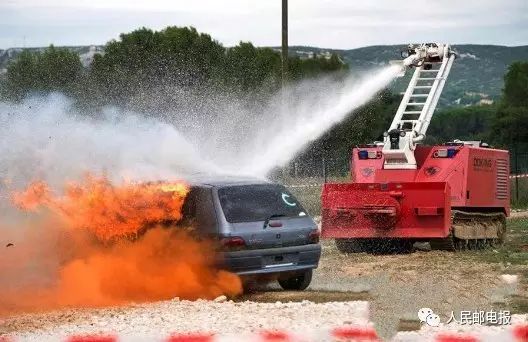
People always have various concerns about the use of robots, such as worrying that industrial robots will take away workers’ jobs. However, there is one type of robot that is an exception and is widely welcomed: rescue robots.
Whether at a fire scene, earthquake ruins, chemical spill sites, or underwater rescue locations, rescue robots are ubiquitous. They not only effectively reduce casualties among rescue personnel but also improve the precision and efficiency of rescue operations, making them widely appreciated. For example, in earthquake ruins, rescue robots are referred to as “walking life detectors,” capable of entering narrow and dangerous areas that are difficult for humans to access, while using high technology to increase the probability of detecting signs of life. Developers explain that using rescue robots is akin to “giving life detectors legs, allowing them to autonomously enter collapsed buildings.” Previously, life detectors had to be carried by rescuers to the vicinity of collapsed buildings for use, which limited their operational range due to safety concerns, making it impossible to detect deeper within the structures. Rescue robots can significantly expand the detection area.
In the United States, researchers have developed a firefighting robot for use at sea. This robot can perform firefighting tasks on ships, ensuring the safety of crew members. The project leader stated that their goal is to create a humanoid robot capable of moving on ships, manipulating doors and fire hoses, and equipped with sensors to prevent sailors from being exposed to dangerous fire environments. This robot can not only replace human workers but, more importantly, due to its sensors, it can “see” the surrounding environment in smoky conditions, allowing for targeted actions.
With the advancement of technology, the application range of rescue robots is expanding, and their application levels are increasing. The subdivision of types has enhanced the professionalism of rescue operations. Currently, rescue robots can be broadly classified into military rescue robots, post-disaster rescue robots, underwater rescue robots, and disaster reconnaissance robots, all of which are playing an increasingly important role in disaster reduction and prevention.
Military Robots: The Future Super Soldiers
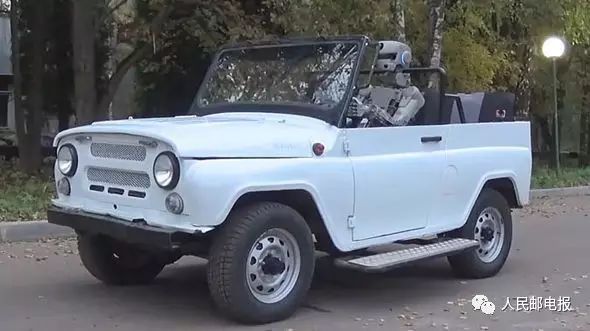
Humans have always been exploring the application of robots in the military field. In recent years, with the rapid development of intelligent robot technology, more and more military robots have emerged, and some believe that military robots will become the main characters on the battlefield in the future.
How powerful are military robots? Recently, the Russian “Future Research Foundation” released an intelligent robot that resembles a Terminator. This organization is similar to the U.S. Defense Advanced Research Projects Agency (DARPA), which promotes military innovation. This robot can not only autonomously get into vehicles but also drive them on the road, which is truly astonishing.
The head of the “Future Research Foundation” stated: “This combat robot resembles a human, and according to our plan, it should learn to run, jump over obstacles, and perform other actions.” It is reported that the purpose of developing this robot is to perform tasks in dangerous areas, and it does not need to complete particularly delicate operations.
Military robots, by definition, are automata with certain humanoid functions used in the military field, ranging from material transport to search and reconnaissance and combat operations. In fact, unmanned aerial vehicles (UAVs), which are already widely used in the military field today, can also be considered military robots.
The advancement of robotics technology is further enhancing the combat capabilities of modern armies, and it is not unreasonable to view robots as the main combat force on future battlefields. However, deploying a large number of robots on the battlefield will undoubtedly have a significant impact on existing warfare ethics.
Vending Robots: A Different Kind of Service
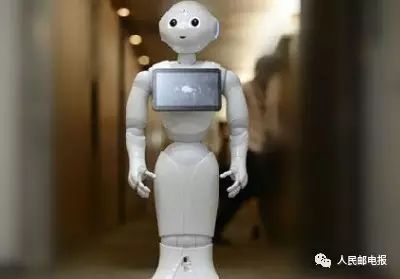
The world’s first robot vending store is set to open in Tokyo, Japan, at the end of March. Whether this means robots will replace human vendors remains to be seen, but it certainly indicates that the era of robots in the workforce is approaching.
With the development of core technologies such as artificial intelligence, robots have already infiltrated human work and life, and people have become accustomed to them. However, if one day robots start to take away jobs, will you feel anxious? If one day robots completely replace human physical labor, is it a progress of the information age or a regression of humanity itself?
Although this store announced that five Pepper robots will communicate with customers most of the time, the purchase of mobile contracts and service plan procedures will still be handled by humans. However, I still worry about the future wages and job opportunities for workers. In the eyes of the reporter, in the face of the enthusiasm for robots, we should also engage in some cool reflection.
Although robots are becoming more intelligent, they lack some warmth. From the perspective of human communication, robots may have communication barriers and lack sufficient human touch. People’s perception of this new gadget may only remain at the novelty level, making it difficult to generate emotional resonance.
Although robots are becoming more networked, mass consumption still requires interpersonal communication. Human consumption behavior is a process of mutual attraction between people and goods, and in this process, if there is a vendor acting as a bridge, products can be labeled and sold faster.
Technology is constantly pushing humanity forward, but technology must be applied appropriately to truly meet people’s life needs.
Surgical Robots: Focusing on “High Precision”
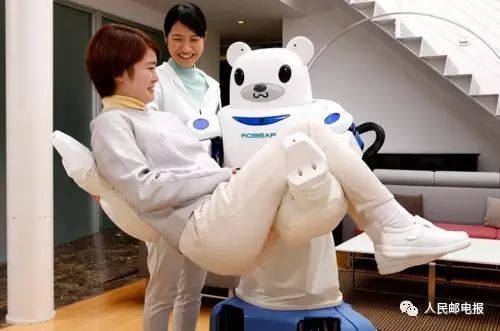
With the continuous upgrade of information technology, robots are not only capable of simple physical labor but have also mastered some “superhuman” skills, especially in the medical field, where they are making significant contributions during surgeries.
Medical surgeries often require the lead surgeon to possess high operational skills; however, human capabilities are limited, and even the most skilled doctors cannot control errors of just a few tenths of a millimeter. No matter how experienced a doctor is, they cannot see the internal structure through the body. With technological advancements, robots with “high precision” skills are increasingly being applied in medical surgeries. The “Da Vinci” surgical robot at the First Affiliated Hospital of Zhejiang University, with an annual efficiency of 888 surgeries per machine, has become the busiest surgical robot in the country.
Incisions, rotations, cuts, drilling, suturing… surgical robots can precisely complete each step of the surgery under specified procedures and can address the pain points of traditional surgeries. For example, in orthopedic surgeries, doctors often face challenges such as invisibility, imprecision, and instability. Small-sized robots can delve into the human body and ensure stable operational paths. Currently, robotic surgeries are favored by an increasing number of patients due to their small incisions, minimal bleeding, quick recovery, and low surgical intensity. Robots like the “worm” robot, “octopus foot” robot, and “Tianji” robot have been successively applied in orthopedic surgeries and prostate surgeries. Robots act as the “third hand” for doctors, allowing for more accurate and stable operations.
However, for China to truly usher in the era of robotic surgery, there is still a long way to go. In addition to introducing advanced surgical robots, there is a need to accelerate the research and development of domestic robots and establish industry standards to conduct research in more fields.✤
